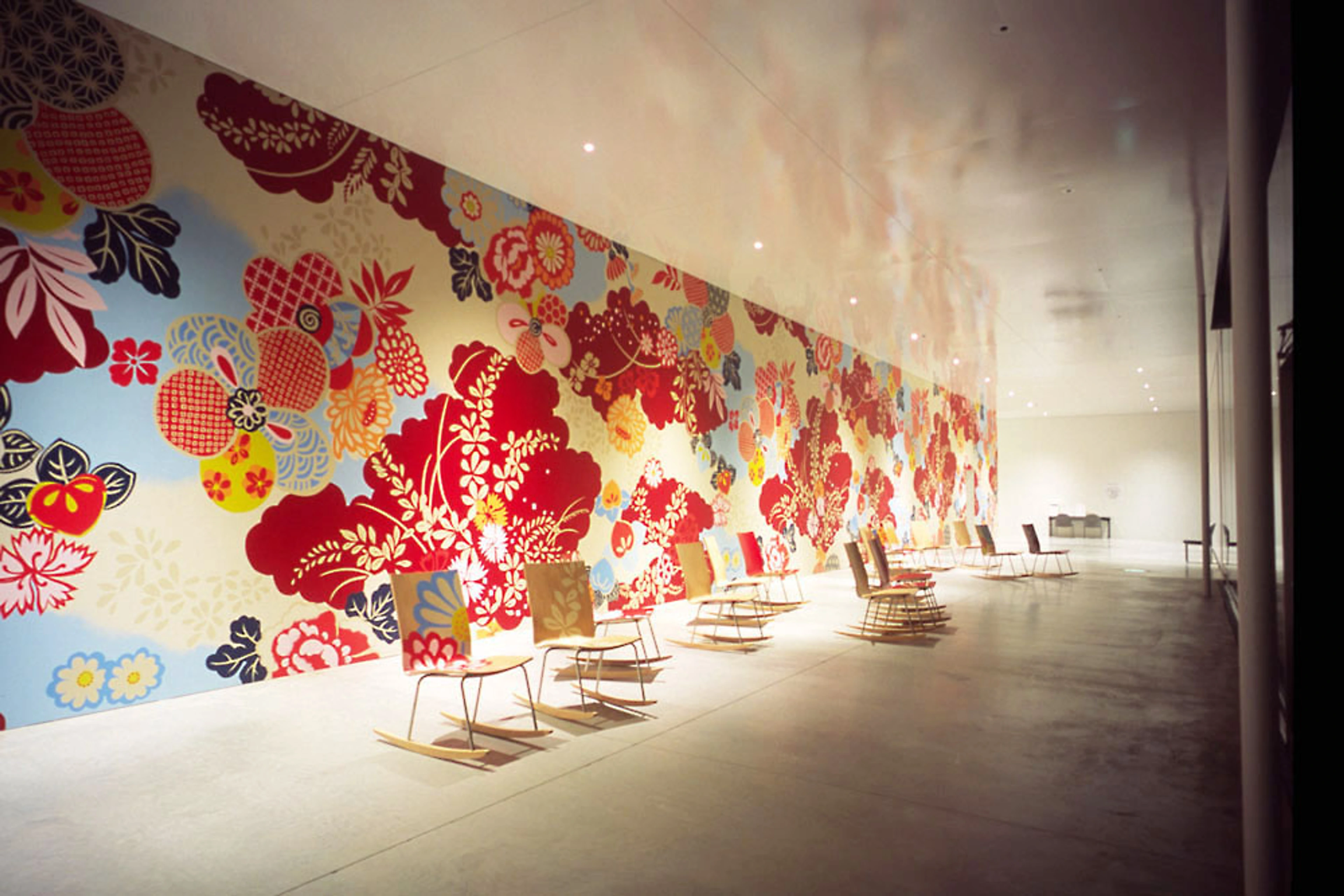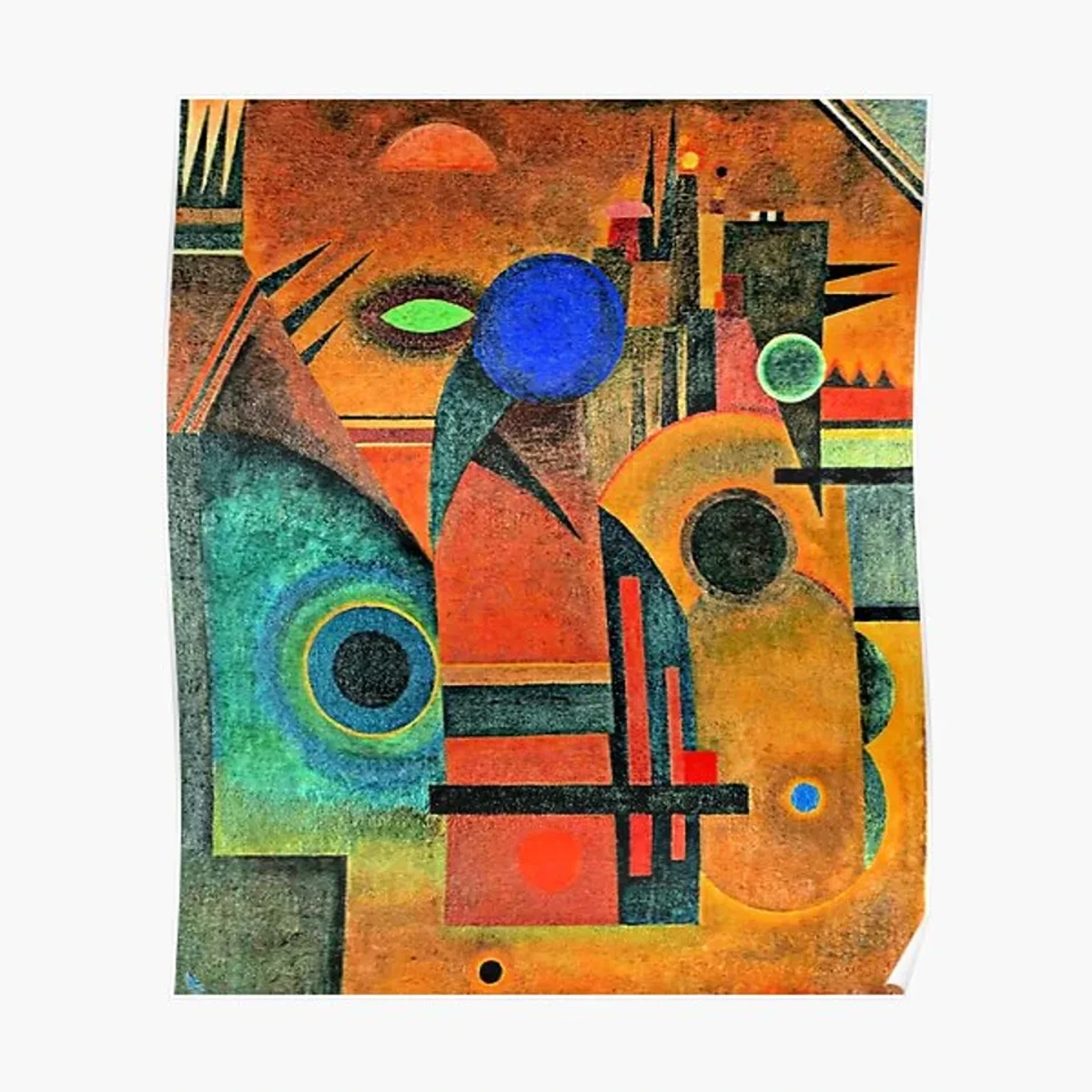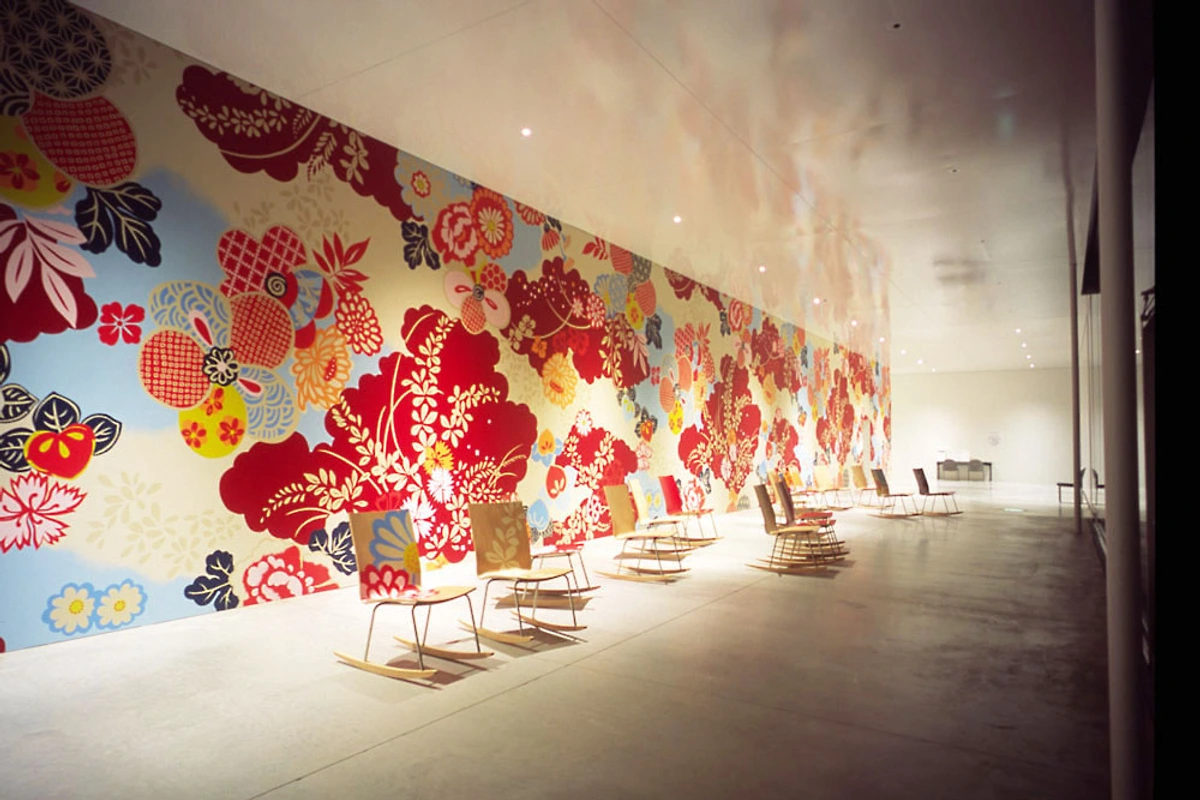
Ai Weiwei: Ultimate Guide to Artist, Activism & Art
Dive into the world of Ai Weiwei, the artist and activist challenging norms. Explore his art, his fight for freedom, and why his work resonates globally. A personal guide.
Ai Weiwei: An Ultimate Guide to the Artist, Activist, and Provocateur
Okay, let's talk about artists who really shake things up. Not just with paint or clay, but with their very existence. Ai Weiwei is one of those figures. When I first encountered his work – maybe it was the sheer scale of the Sunflower Seeds or the raw emotion behind Straight – I felt that familiar jolt, the one that tells you this isn't just 'art' in a quiet gallery corner. This is something bigger, something that demands your attention, maybe even makes you a little uncomfortable. And honestly? I love that.
Ai Weiwei isn't just an artist; he's a force of nature, a provocateur, a human rights advocate, and a thorn in the side of authoritarian regimes. His life and work are so intertwined that you can't really understand one without the other. It's a lot to unpack, but stick with me. We'll dive into his world, his art, and why he matters so much in the global conversation today.
Who is Ai Weiwei? A Journey Shaped by Turmoil
Born in Beijing in 1957, Ai Weiwei's early life was profoundly shaped by political upheaval. His father, Ai Qing, was a renowned poet who was denounced during the Anti-Rightist Campaign and exiled with his family to remote, harsh regions of China. Imagine growing up with that hanging over you – the constant threat, the silencing of a powerful voice you loved. It’s no wonder that themes of censorship, exile, and freedom run so deep in Ai Weiwei's own work.
He returned to Beijing in 1976 after the end of the Cultural Revolution and later spent over a decade in the United States (1981-1993). This period in New York was crucial. He rubbed shoulders with artists, soaked up the vibrant, chaotic energy of the city, and started developing his own artistic voice, initially focusing on photography. But China called him back, and it was upon his return that his career truly exploded, both artistically and politically.
Art as a Weapon: Challenging Power Through Creativity
This is where Ai Weiwei really stands out. For him, art isn't just about aesthetics; it's a tool, a platform, a way to speak truth to power. He uses his art to question authority, expose corruption, and advocate for human rights and freedom of expression in China and globally. It's brave, it's risky, and it makes his work incredibly potent.
Think about it. While many artists explore personal themes or formal concerns, Ai Weiwei directly confronts political and social issues head-on. He leverages his fame and his art to shine a light on uncomfortable truths, often at great personal cost. It makes you wonder about the meaning of art itself, doesn't it? Can art truly change the world? Ai Weiwei seems to believe it can, and he puts his liberty on the line to prove it.
Key Themes That Define His Work
Ai Weiwei's art is rich with symbolism and addresses recurring themes:
- Freedom of Expression and Human Rights: This is perhaps the most central theme. His own experiences with censorship and surveillance fuel his passionate defense of these fundamental rights.
- Censorship and Surveillance: He constantly highlights the pervasive nature of state control, using his own life (like documenting his detention) as part of his artistic output.
- Tradition vs. Modernity: He often uses traditional Chinese materials and objects (like porcelain, wood, ancient furniture) and transforms or deconstructs them, commenting on China's rapid modernization and its relationship with its past.
- Identity and Belonging: His work explores what it means to be Chinese today, grappling with national identity, exile, and the global diaspora.
- The Power of the Individual vs. The State: A constant tension in his work, reflecting his personal struggle against the Chinese government.
- Scale and Repetition: Many of his most impactful works use massive scale and repetition to convey overwhelming ideas, like the sheer number of lives lost or the vastness of a population.
Iconic Works You Should Know
Let's look at a few pieces that really exemplify his approach:
Sunflower Seeds (2010)

This is probably his most famous work. Millions of tiny, hand-painted porcelain sunflower seeds filled the Turbine Hall at Tate Modern in London. Each seed was individually crafted by artisans in Jingdezhen, the porcelain capital of China. On the surface, it looks simple, maybe even beautiful. But the meaning runs deep.
Sunflower seeds are a common Chinese street snack, a symbol of everyday life. Historically, during the Cultural Revolution, Mao Zedong was often depicted as the sun, and the people as sunflowers turning towards him. By creating millions of identical, yet unique, seeds, Ai Weiwei comments on mass production, the 'Made in China' phenomenon, and the relationship between the individual and the masses in China. Walking on them was initially allowed, representing the interaction of the individual with this vast 'population' of seeds, but it was stopped due to porcelain dust concerns. It's a powerful piece that works on so many levels – visual, conceptual, and political.
Straight (2008-2012)
Following the devastating 2008 Sichuan earthquake, Ai Weiwei launched a citizen investigation into the student casualties, particularly focusing on the shoddily constructed 'tofu-dregs' schools that collapsed. The government was accused of covering up the true death toll and ignoring parental grief.
Straight is a massive installation made from 200 tons of steel rebar salvaged from the collapsed schools. The rebar, originally bent and twisted in the collapse, was painstakingly straightened by hand and piled into a wave-like form. The piece is accompanied by a list of the names of the student victims Ai Weiwei's team managed to compile. It's a raw, heartbreaking memorial and a direct accusation against the authorities. Seeing the sheer volume of the straightened rebar is incredibly moving; it speaks volumes about the scale of the tragedy and the human effort required to simply acknowledge the loss.
Remembering (2009)
For the facade of the Haus der Kunst in Munich, Ai Weiwei used 9,000 children's backpacks to spell out a quote from a mother whose child died in the Sichuan earthquake: "She lived happily for seven years in this world." The backpacks, often brightly colored, created a visually striking and deeply poignant message. It's another direct confrontation with the human cost of the earthquake and the government's response, using everyday objects to represent lost lives.
Forever Bicycles (2011)

This large-scale sculpture uses hundreds, sometimes thousands, of interconnected bicycle frames. 'Forever' is the brand name of a common bicycle in Shanghai, a symbol of everyday life and transportation in China for decades. By assembling them into complex, non-functional structures, Ai Weiwei creates a dizzying, almost architectural form that speaks to the changing landscape of China, mass production, and the loss of individual identity within a collective society. It's visually stunning and conceptually layered.
Beyond Objects: Photography, Film, and Social Media
Ai Weiwei's practice isn't limited to physical objects. He's a prolific photographer and filmmaker, often documenting his own life, his travels, and his activism. His use of social media, particularly Twitter (before it was X), was groundbreaking. He used it to bypass state censorship, share his thoughts, organize, and connect directly with the public. It became an integral part of his art and activism, demonstrating the power of digital tools in the fight for transparency and freedom.
Why Ai Weiwei Matters Today
Ai Weiwei's work is important for several reasons:
- He Blurs the Lines: He challenges traditional notions of what an artist is and what art can be. He's a reminder that art can be a powerful force for social and political change.
- He Gives a Voice to the Voiceless: He consistently uses his platform to highlight injustices and give a voice to those who have been silenced.
- His Themes are Universal: While rooted in his experience in China, his themes of censorship, freedom, and the individual's struggle against power are relevant globally. In a world grappling with misinformation and digital surveillance, his work feels more urgent than ever.
- He's Incredibly Brave: His activism has led to harassment, detention, and exile. His willingness to continue speaking out despite the risks is inspiring.
His impact extends beyond the art world, influencing discussions about human rights, global politics, and the role of the artist in society. He's one of the most important artists of our time, not just for his aesthetic contributions, but for his unwavering commitment to his principles.
Experiencing and Collecting Ai Weiwei
Seeing Ai Weiwei's work in person is a powerful experience. His large-scale installations, in particular, have a physical presence that photos can't fully capture. You can find his work in major museums and galleries around the world. Keep an eye out for retrospectives or exhibitions focusing on contemporary art.
If you're interested in collecting, pieces by artists like Ai Weiwei can range dramatically in price depending on the medium, scale, and significance. While major installations are museum-level, he also produces editions, photographs, and smaller objects that might be more accessible. Research is key when buying art, especially from politically charged artists. Understand the provenance, the market, and why you connect with the piece. And hey, if you're just starting out, exploring affordable art or prints is a great way to begin building a collection that speaks to you. You can even find some incredible pieces for sale right here.
Frequently Asked Questions About Ai Weiwei
What is Ai Weiwei most famous for?
He is arguably most famous for his activism and his large-scale installations that blend traditional Chinese materials with contemporary political commentary, such as Sunflower Seeds and Straight.
Why was Ai Weiwei arrested?
Ai Weiwei was secretly detained by Chinese authorities for 81 days in 2011. While the official reason given was alleged tax evasion, it was widely seen as retaliation for his outspoken criticism of the government and his activism, particularly his investigation into the Sichuan earthquake.
What materials does Ai Weiwei use in his art?
He uses a wide range of materials, often incorporating traditional Chinese elements like porcelain, wood (especially from dismantled temples or furniture), jade, and bamboo. He also uses contemporary materials and found objects, including steel rebar, backpacks, and even surveillance cameras.
Is Ai Weiwei still active?
Yes, Ai Weiwei continues to be a prolific artist and activist. Although he left China in 2015 and has lived in Europe (Berlin, Cambridge, Lisbon), he remains highly critical of authoritarianism and addresses global issues like the refugee crisis in his recent work.
Where can I see Ai Weiwei's art?
His work is held in major museum collections worldwide and is frequently featured in exhibitions focusing on contemporary art. Check the websites of prominent museums and galleries in major cities like London, New York, Berlin, and Paris. You might even find pieces in unexpected places!
Conclusion: A Legacy of Courage and Creativity
Ai Weiwei's career is a powerful testament to the potential of art as a form of resistance and a catalyst for dialogue. He challenges us to think about freedom, responsibility, and the role of the individual in the face of overwhelming power. His work isn't always easy to look at, or easy to think about, but it's undeniably important. It reminds me that art, at its best, isn't just decoration; it's a conversation, a challenge, and sometimes, a necessary act of defiance. And that, I think, is pretty incredible.




